Search
Search Results
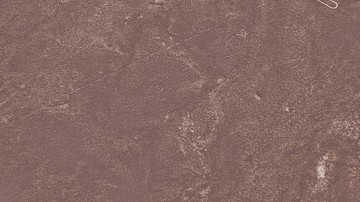
Image
Nazca Line Hummingbird
A Nazca geoglyph depicting a hummingbird. The designs and lines created on the desert floor of southern Peru are known collectively as the 'Nazca Lines' and were made over several centuries between 200 BCE and 500 CE. Their exact purpose...

Image
Signposts at the Tucume Museum
Signposting at the Tucume Museum, Peru. This photo was taken by Hilary Bradt and used with permission. Date unknown.

Image
Paracas Mantel
Mantel (Detail), 100 BCE / 200 CE. Paracas; south coast, Peru. The Art Institute of Chicago, Emily Crane Chadbourne Fund.
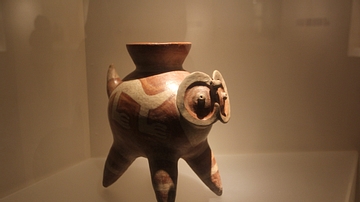
Image
Sculptural Viru Pitcher
From the Formative Epoch (1250 BCE - 1 CE). Represents a figure with the body of a feline, head of an owl, and a serpent-like tail. These animals all had sacred and symbolic meaning in many ancient Peruvian cultures. At the Museo Larco, Lima...
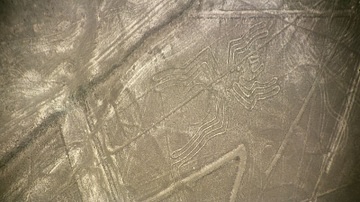
Image
Nazca Line Spider
A geoglyph showing the Nazca Line Spider. The designs and lines created on the desert floor of southern Peru are known collectively as the 'Nazca Lines' and were made over several centuries between 200 BCE and 500 CE. Their exact purpose...

Image
Nazca Line Cactus
A Nazca geoglyph depicting a cactus. The designs and lines created on the desert floor of southern Peru are known collectively as the 'Nazca Lines' and were made over several centuries between 200 BCE and 500 CE. Their exact purpose is not...
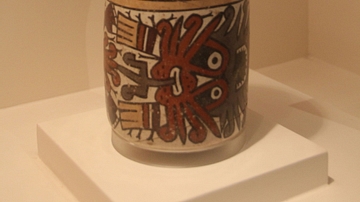
Image
Wari Vessel
This Wari (Huari) vessel from the Apogee Epoch (c. 1 CE - 800 CE) combines sculpture with color and has motifs outlined in black. Housed at Museo Larco, Lima, Peru.
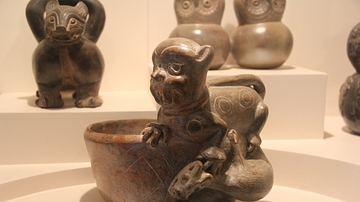
Image
Cupisnique Culture Sacred Animals
This piece shows a feline, owl, serpents, and condor. The owl and condor represented the sky while the feline represented the earth and dominance. The serpent represented the subterranean world. Housed in the Museo Larco, Lima, Peru.

Book Review
Uncovering the Culture of Ancient Peru
Uncovering the culture of Ancient Peru is a book by Alix Wood that is part of a series about ancient Britain, Egypt, Greece, India, Mesopotamia, and Peru. The aim of this series is to get children interested in ancient cultures, archaeology...
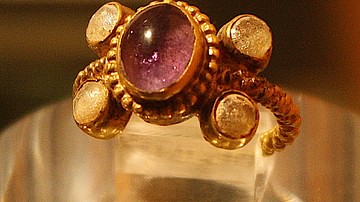
Image Gallery
A Gallery of Bling through the Ages
In this gallery, we showcase 40 precious items that illustrate the love of valuable shiny things that can sparkle up our daily lives is far from being a modern phenomenon. Gold has always been valued for its gleam and incorruptibility, while...